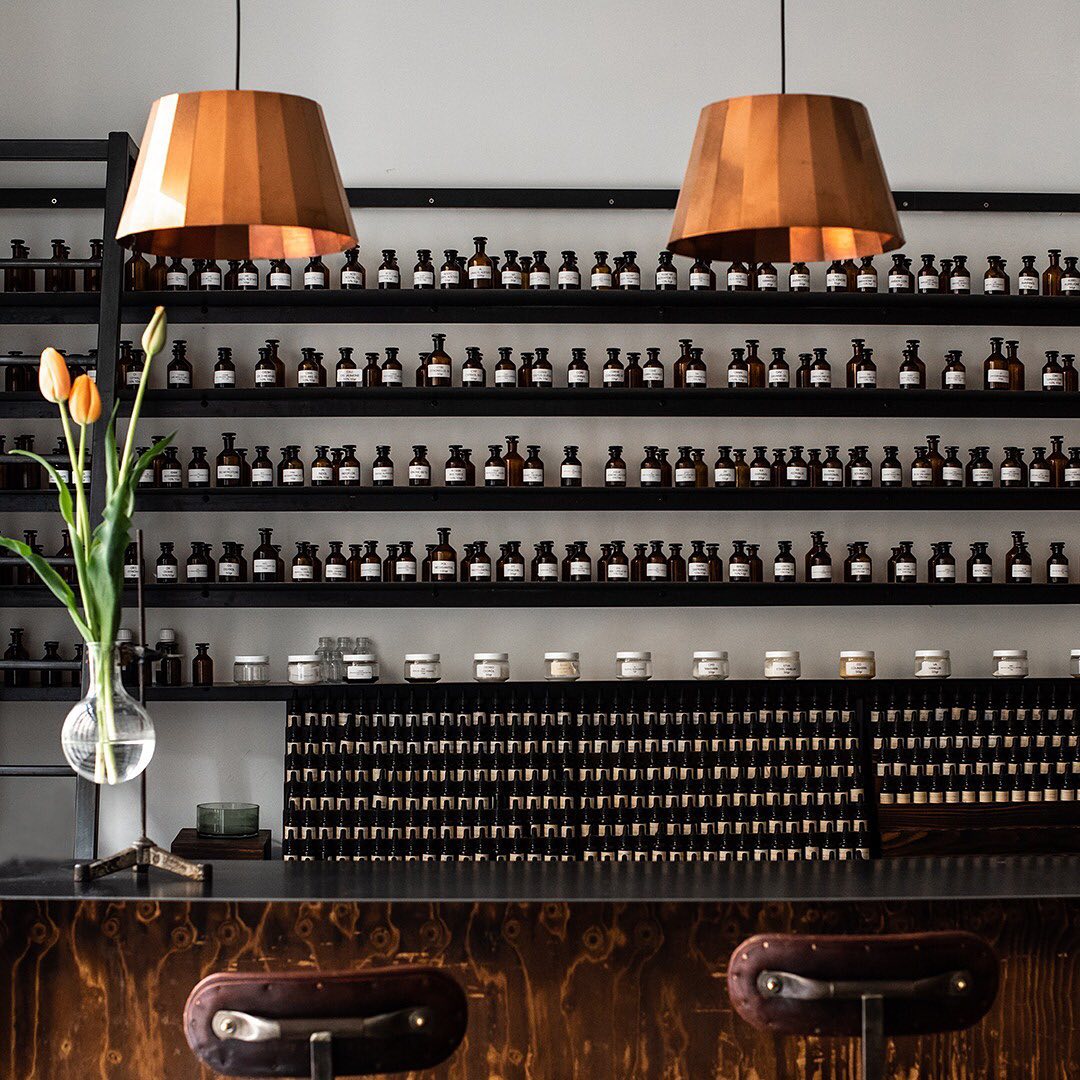
the largest multi-brand beauty store in France
+800 fragrances from +80 brands including :
recommended in more +60 city guide
You have a question? Please consult the Frequent Asqued Questions (FAQ).
If you don't find your answer, please contact us:
by email: info@noseparis.com
by phone: +33 1 86 47 72 76
Nose ship perfume by international airfreight and by La Poste for the services Colissimo Expert and Chronopost Classic to more than 75 countries.
To know more, please consult the Frequent Asked Questions (FAQ)
To know more about returns and refunds, please consult Terms and Conditions of Sales, section 6 Right to and period of withdrawal.
Nose proposes an olfactive diagnosis where 5 perfumes will be proposed among a list of 500 curated ones.
Do the diagnosisNose proposes an olfactive diagnosis where 5 perfumes will be proposed among a list of 500 curated ones.
Do the diagnosisIn your childhood, your grandfather owned a cabinet of curiosities. What was his particularity? Were there scented objects?
My maternal ancestors were the Presidents of the Parliament of Provence from François I to Louis XV. My grandfather Hippolythe Maynier had in his office in Saumur a large glass cabinet with small squares engraved with esoteric and Masonic symbols. His passion for the theory of evolution led him to collect fossils of all eras, including the footprint of small flying dinosaurs very close to the current birds. He taught me botany, the passion for mushrooms and for birds. Within his cabinet of curiosities there was a raven, symbol of the daylight, an owl for the night, and a sparrowhawk suspended from the ceiling with wings spread in the position of the Holy Spirit. Below there was a collection of seabirds, gulls, eels, magpies and stuffed gulls. His favorite perfume was an imperial water by Mülhens.
You participated in the Indochina War. What is your deepest olfactory memory of this period?
The scents that remind me of the period spent in Indochina are those of rotting, nyoc-man sauces mixed with sandalwood and burnt wood.
What was the influence of this war on your creations?
When I arrived in Saigon among 7000 troops of all nationalities, after a selection I found myself as the Liaison officer of a General commanding the French forces in Cambodia. A blessing for me, because this stay allowed me to explore in depth the Indian and Chinese art present in the temples of Indochina and to reproduce these forms through small objects made of iron wood.
In 1966, you created the bottle of the legendary fragrance Eau Sauvage, conceived by the perfumer Edmond Roudnitska. Do you have any anecdote to share about this creation?
Roudnitska and René Bourdon from Dior asked me to draw my inspiration from the ribbed bottle of Mustache. We hesitated, however, on the name. When Marie-Christine Heftler saw Gruau's drawing for the ad where a hairy man comes out of a shower, she exclaimed "But that's a savage!” Eau Sauvage then saw the light of day and quickly ousted the older Mustache.
Two years later, the Puig brothers ask you to create the bottle of the new perfume by Paco Rabanne. How did you conceive Calandre’s bottle?
In fact, the brief of Paco Rabanne, who was then a young designer, was quite extreme: "a couple making love in a car." “A big car?” I replied "Yes, a Rolls Royce!” From this glamourous car we finally kept only the metal grille (“calandre” in French, ndt) , symbol of its power.
What are your favorite materials in bottle design?
The essential material for the production of fragrance bottles is unquestionably glass and I really like to use bakelite, galvanized ABS or surlin.
What methodology do you use in creating a project for a bottle? 3D is commonly used today; will it replace the pencil’s stroke?
I always draw my bottles in pencil, but my grandson Jules introduced me to the 3D rendering on computer. These two methods are not opposed, I actually think they are complementary.
You say you are always inspired by the architecture in the design of bottles. Which periods or architects inspire you the most?
My favorite architect is Andrea Palladio from the Italian Renaissance, but I also like the architect Mallet Stevens from the art deco period.
Your favorite books for inspiration from flasks?
I do not have a favorite book that inspires me, my main inspiration being nature itself.

the largest multi-brand beauty store in France
+800 fragrances from +80 brands including :
recommended in more +60 city guide
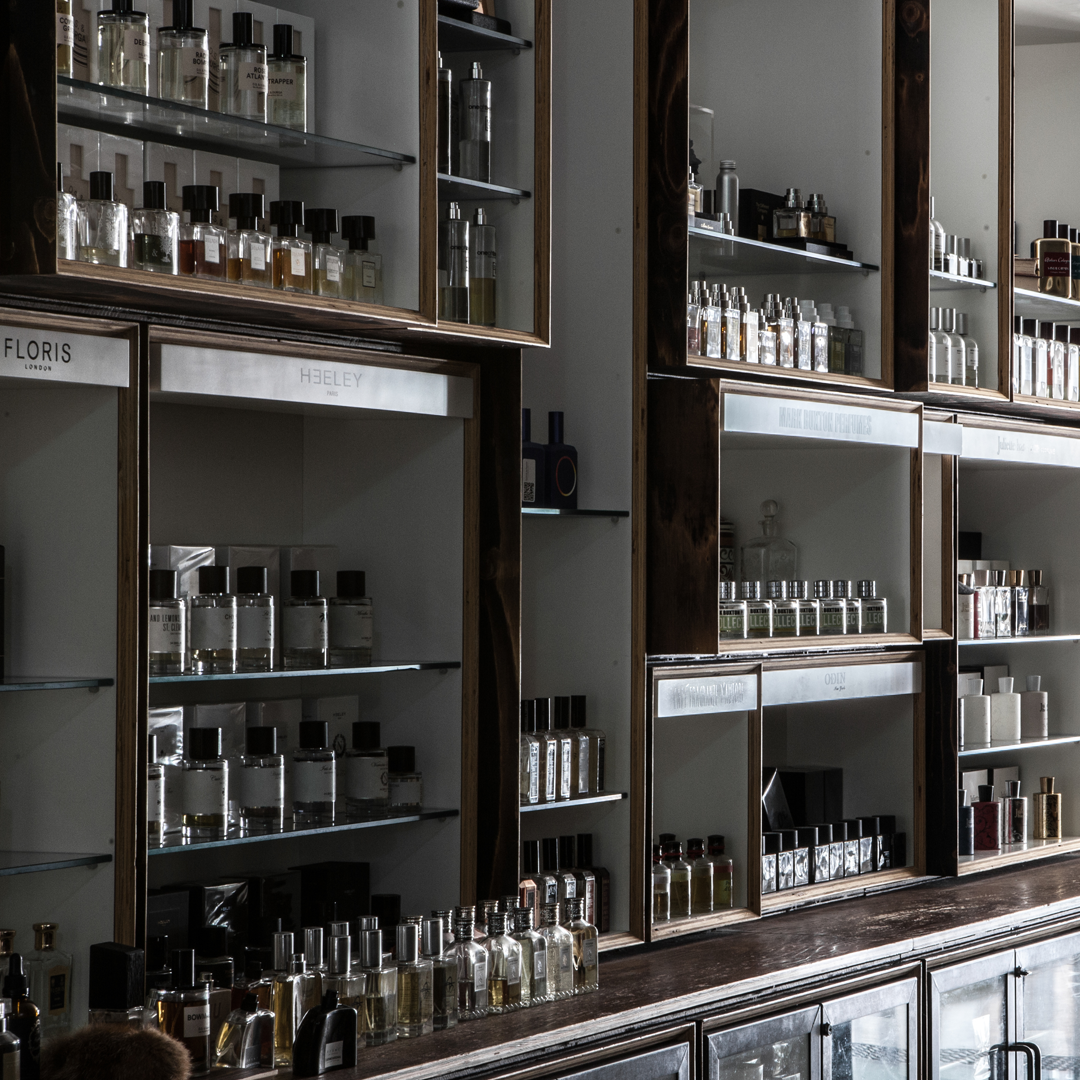
+ 800 fragrances from +80 niche brands
but also home & cosmetics.
100% authentic products & official reseller
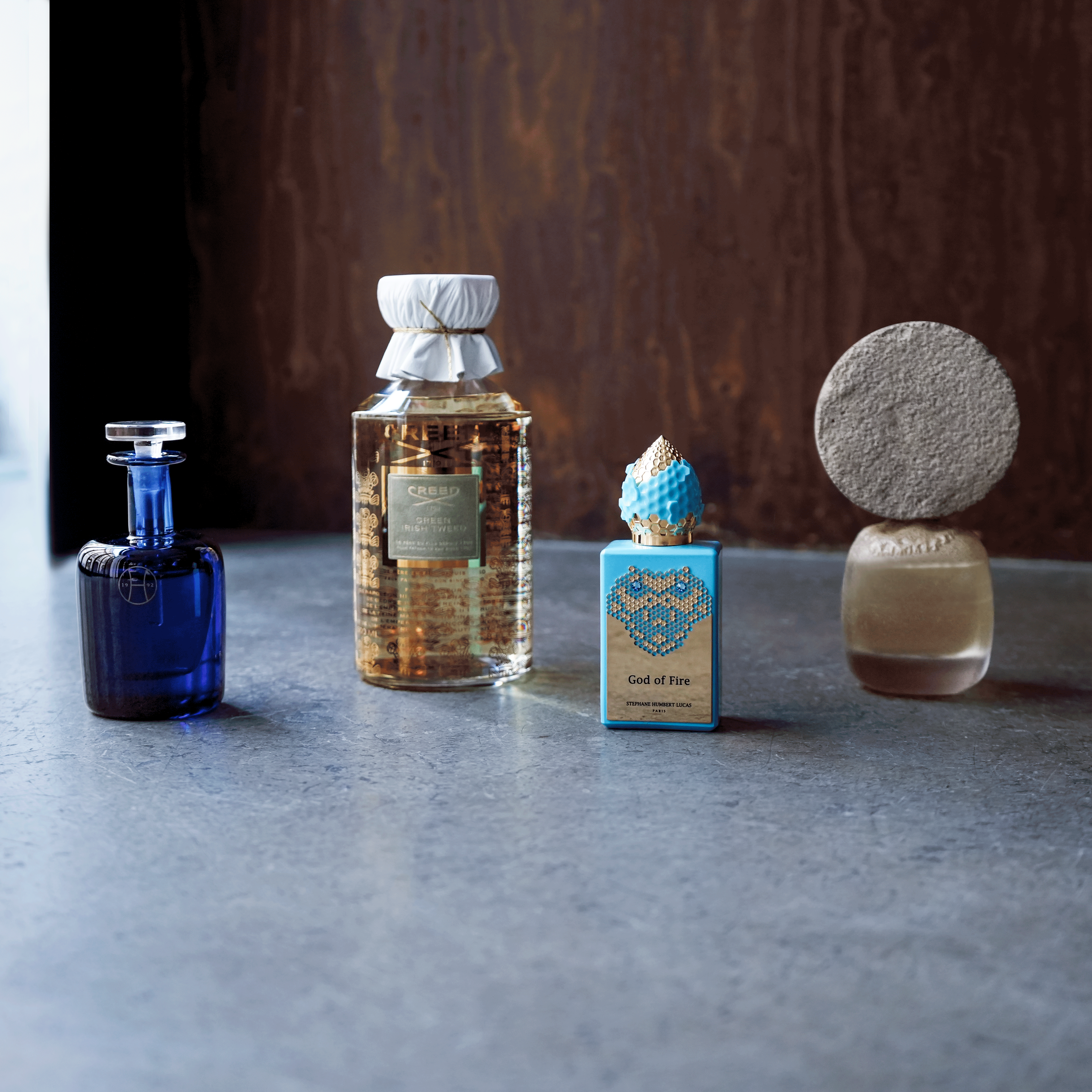
official French price for :
Creed, Maison Francis Kurkdjian, Kilian,
Marc Antoine Barrois…
VAT free for non European country
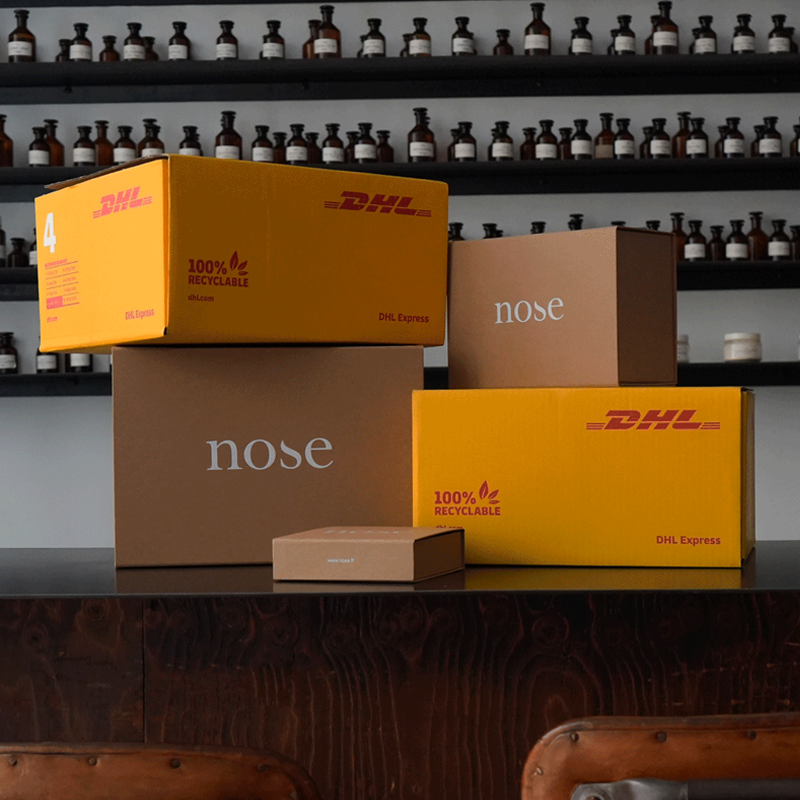
free express airplane delivery with DHL above
€167
all informations available here.
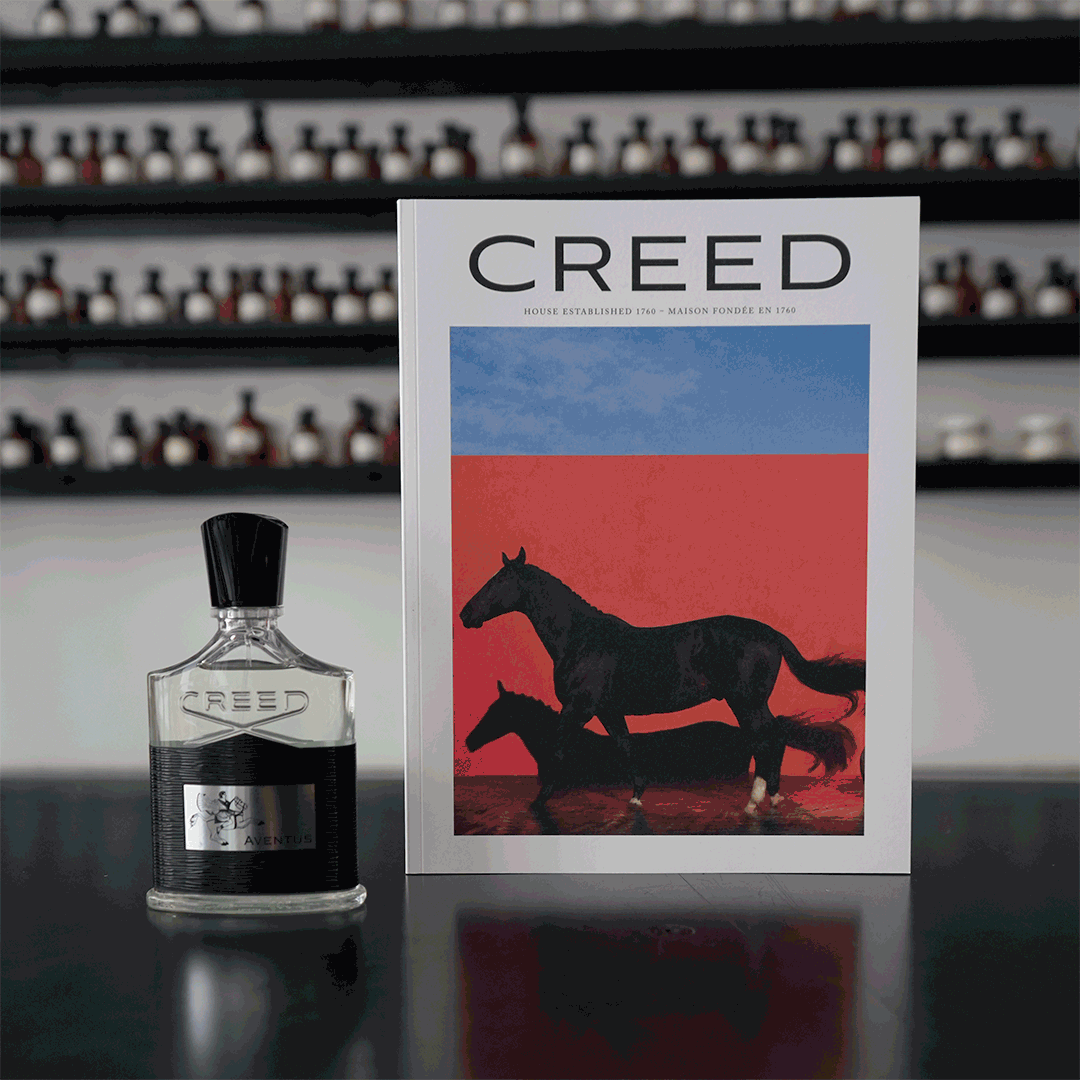
+200 gifts offered with purchase by over 50 brands!
Creed, Maison Francis Kurkdjian, Kilian, Diptyque,
Éditions de Parfums Frédéric Malle & much more
to discover here.